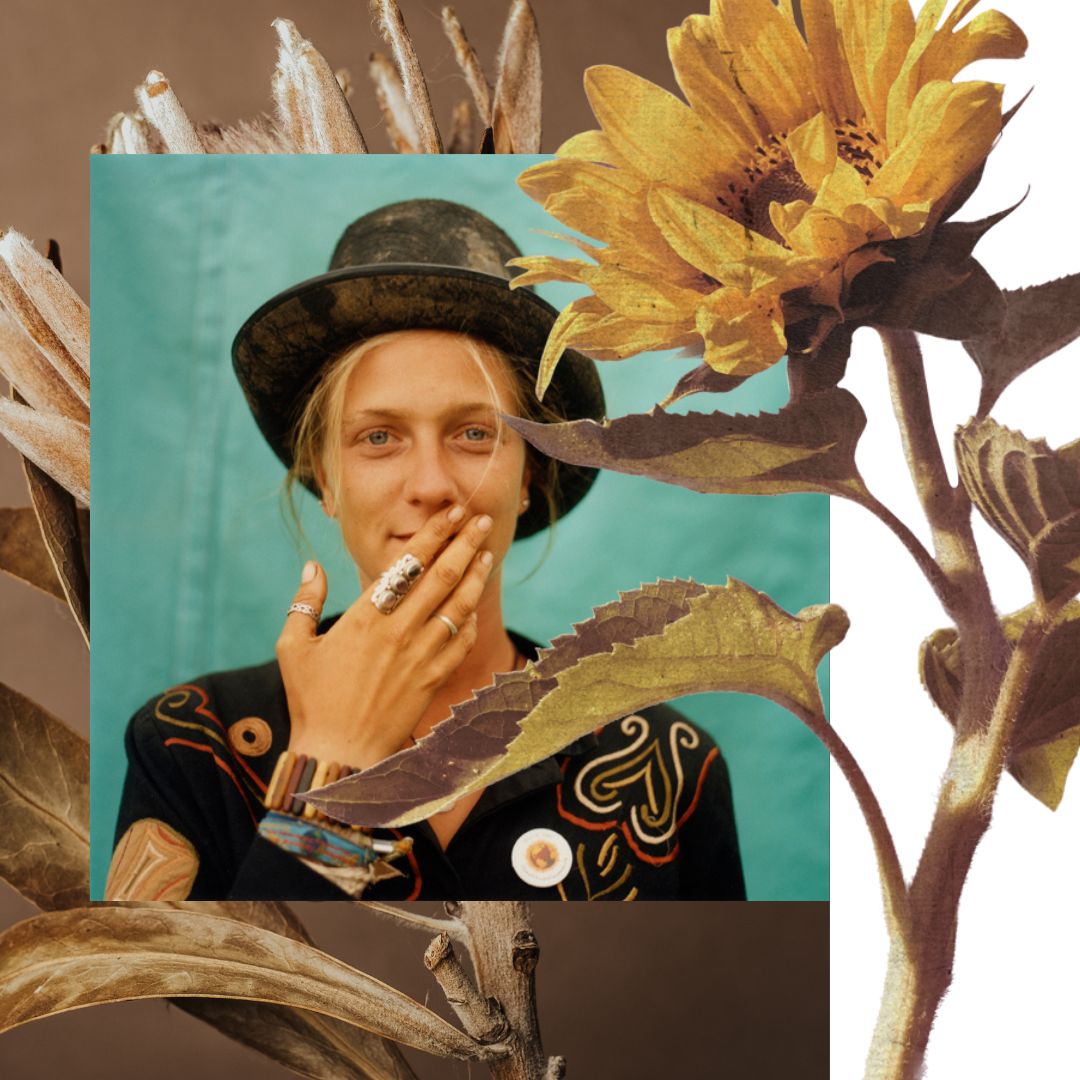New Sale Styles Added SHOP THEM
Back to the Gypsy that I Was

Back to the Gypsy that I Was
Mar 19, 2024
By
Madelyn Markoe
0 comment(s)
Scribed in various forms of song, story and culture, the term ‘Gypsy’ has undergone a transformation through the decades. At one point in time, this term painted a visual image of horse-drawn caravans riding through the less-traveled roads of the country; often desolate landscapes with small towns dotted in between vast stretches of open land. Living a minimalist lifestyle, though rich in culture, the image of the Gypsy many have come to accept was at best bestowed upon us by the silver screens of Hollywood and black screens of television and mis-information. With profound respect for the cultural influence that Gypsy’s have had on fashion and design in the modern world, we had to wonder what more there was to uncover about these elusive folks.
The Romani is where our story begins. An ethnic group of Indo-Aryan origin who traditionally embraced a nomadic lifestyle and originated in what is believed to be present day Rajasthan, India. Arriving in Europe in the 13th and 14th centuries and continuing to disperse West from there, the highest concentrations remained in Bulgaria, Hungary, Romania, Spain and Turkey. The term ‘Roma’ is merely an umbrella for the many groups of people in various continents, bound together by cultural traditions, mobile economies and artisanal craftsman skills. To say the least, you can’t put the terms ‘Romani’ or ‘Gypsy’ in a box with clear cut labels. ‘Gypsy’ in many cases, is understood as a racial slur, though not in all contexts depending on the location and origin of the group. The faiths practiced amongst these groups are as colorful as their textiles, their languages as textured as their fabrics. With no singular holy book and no promised land, to live and exist in the world emancipated from general poverty, exclusion and misery is an ideal that is shared amongst many of the Romani peoples.
With a history that seems to carry a pervasive misunderstanding in our modern culture, the fashion of the Romani has managed to transcend both historical and cultural misrepresentation. The Romani dress is perhaps the most traditional representation of ‘Gypsy’ fashion. It was a cultural tradition of displaying wealth with embellishments, gold necklaces, and coins fashioned onto the hemlines and headscarves. Colorful pleated skirts and embroidered blouses were worn by young girls while age and marital status often determined the colors and accent pieces worn by the women as they aged. In today’s boutiques, the rules of dress by age are long gone as the modern woman is encouraged to embrace the colorful, nomadic fashions the Romani have become synonymous with. We employ the free-spirit, compassionate approach that the Romani people live by and pay respects to this ethnic group by celebrating their contributions to a society that, for better or for worse, they choose to live apart from.
Until Next Time, Keep it Sunny
-GDC

